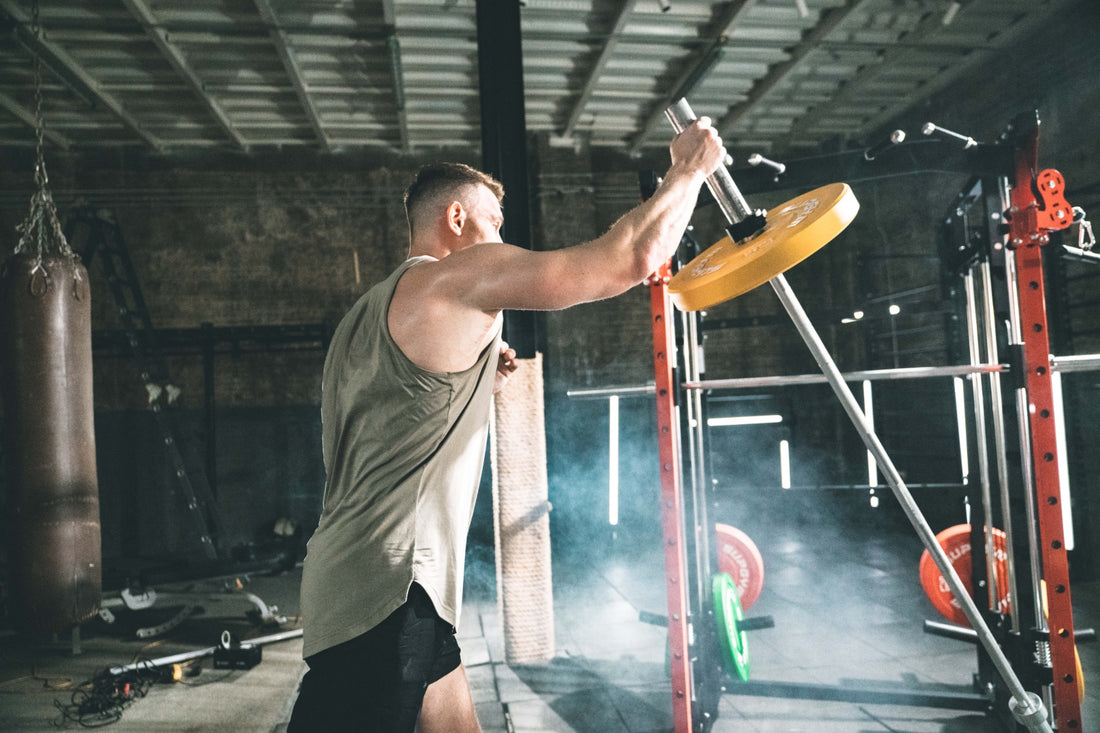
When an athlete's body fat level is too high, performance can suffer. Excess body fat can slow you down, reduce agility, and even lead to more injuries. The right weight-loss strategy can make the difference between winning and losing. But what is the best approach for athletes aiming to shed those extra pounds?
Understanding the Importance of Body Fat Levels
For athletes, maintaining an optimal body fat percentage is crucial. It not only impacts physical performance but also affects recovery times and overall health. Unlike average individuals, athletes need to focus on losing fat while preserving or even improving their muscle mass.
Setting Realistic Goals
Before jumping into a weight-loss program, it's important to set achievable goals. Each sport has different requirements, so understanding the ideal body fat percentage for your specific field is vital. Consulting a nutritionist or a coach can provide valuable insights.
The Best Weight-Loss Approach
1. Caloric Deficit Done Right
A caloric deficit is essential for weight loss. This means consuming fewer calories than you burn. However, for athletes, the deficit should not be too extreme. A moderate reduction of 500-700 calories per day can lead to sustainable weight loss without affecting performance.
2. Balanced Nutrition
Maintaining a balanced diet rich in protein, fats, and carbohydrates is crucial. Protein helps in muscle repair and growth, carbohydrates fuel your workouts, and fats are necessary for hormone production and overall cellular health.
Protein
Aim to consume 1.2-2.0 grams of protein per kilogram of body weight to maintain muscle mass while losing fat.
Carbohydrates
Carbohydrates are essential for high-intensity workouts. Choose complex carbs like whole grains, fruits, and vegetables for sustained energy.
Fats
Incorporate healthy fats from sources like avocados, nuts, and olive oil. These fats can help you feel fuller longer and are essential for overall health.
3. Strength Training
Strength training should be a core component of your weight-loss strategy. Not only does it help build muscle, but it also increases your resting metabolic rate, making it easier to continue burning calories even at rest.
4. Cardiovascular Exercise
Cardio workouts like running, swimming, or cycling are effective for burning calories. However, for athletes, the focus should be on high-intensity interval training (HIIT) to maximize calorie burn while preserving muscle mass.
5. Adequate Recovery
Never underestimate the power of recovery. Overtraining can lead to decreased performance and even injuries. Ensure you get at least 7-9 hours of sleep per night and include rest days in your training schedule.

Common Pitfalls to Avoid
Losing weight can be complicated, and it's easy to make mistakes that can hinder progress. Here are some common pitfalls athletes should avoid:
1. Skipping Meals
Skipping meals can result in muscle loss and decreased performance. It's crucial to eat regularly to maintain energy levels.
2. Relying on Supplements
While supplements can be useful, they should not be the primary method for weight loss. Whole foods provide essential nutrients that supplements can't replicate.
3. Ignoring Mental Health
Stress and mental health can significantly impact weight loss. Practices like meditation and mindfulness can help you stay focused and reduce emotional eating.
Monitoring Progress
Regularly tracking your progress helps you make necessary adjustments. Tools like body fat calipers, bioelectrical impedance, and DEXA scans provide accurate measurements. Regular weigh-ins and progress photos can also be beneficial.
Real-Life Case Studies
Many successful athletes have used the strategies discussed above to achieve their ideal body fat levels. For instance, consider the transformation of a professional boxer who incorporated strength training and balanced nutrition to reduce body fat while maintaining muscle mass. Another example could be a marathon runner who used HIIT training to shed those extra pounds without compromising endurance.
Conclusion
If an athlete's body fat level is too high, what is the best weight-loss approach? It's a combination of a moderate caloric deficit, balanced nutrition, strength training, cardiovascular exercise, and adequate recovery. By avoiding common pitfalls and regularly monitoring progress, athletes can achieve their weight-loss goals without compromising performance.




















